There are a few things you should know before heading to the lumber yard to buy wood. These great tips will help you choose your lumber carefully and spend your money wisely.
How to Buy Rough-Sawn Lumber
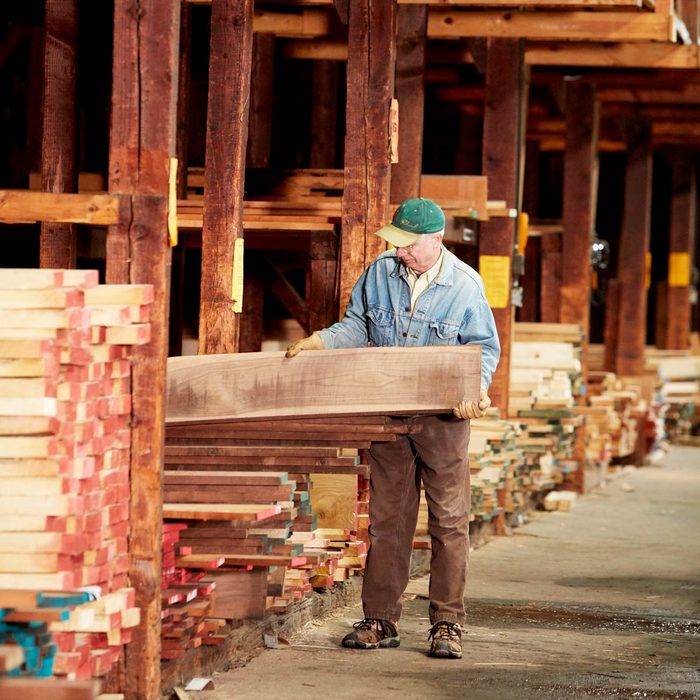
Rough-Sawn Lumber Basics
If you’re into woodworking even a little bit, you should consider buying rough-sawn lumber for your next project. And rough-sawn is the only way to go if you need really thick boards. Plus, you can save yourself a ton of money converting roughhewn lumber to finished product; maybe enough to justify buying that planer you’ve always wanted. A lumberyard that specializes in rough cut lumber will have a much, much larger selection of species to choose from than a home center.
But there are a few things you should know before heading to the yard. That’s why we took a field trip with a pro woodworker to a lumber yard. He clued us in on which tools you should take along to the yard and how to estimate what size lumber to buy. He showed us what to look for and warned us what to avoid. These great tips will help you choose your rough cut lumber carefully and spend your money wisely.
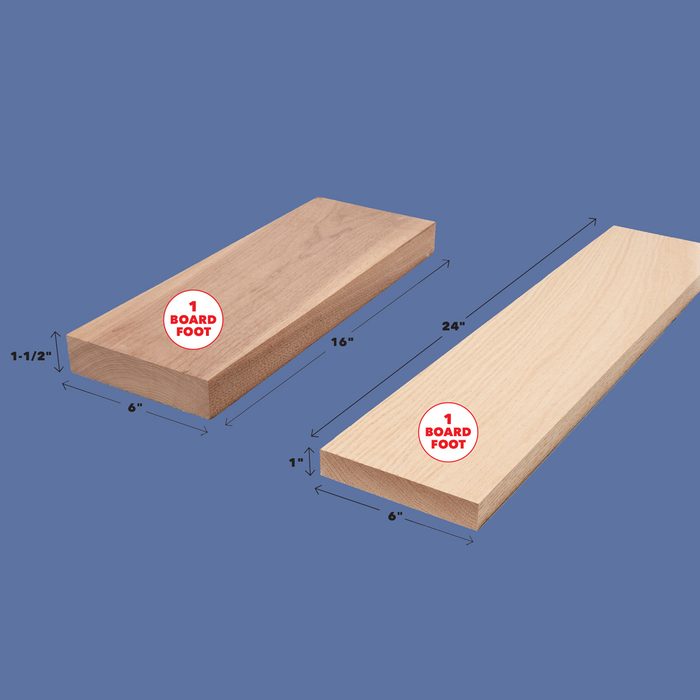
What’s a Board Foot?
Lumberyards sell rough-sawn wood by the board foot, not linear foot. A board foot (bd. ft.) is 144 cubic inches of wood. Bring a tape measure because the length and thickness of the boards might be labeled, but the width will not. Here’s how to figure out board feet:

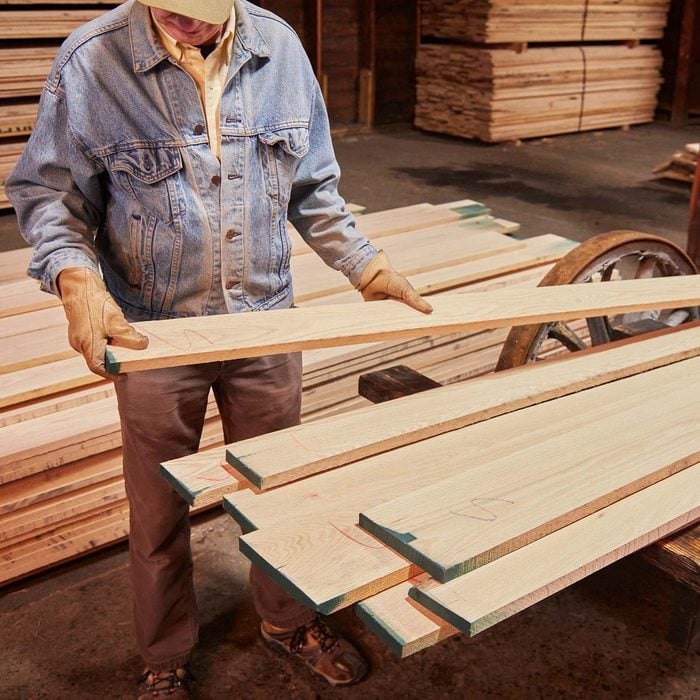
Buy Extra
Picking out and hauling home rough-sawn lumber and then milling it into usable boards is time-consuming, so buy extra. You don’t want to go through the whole process to mill one board to replace one that gets damaged. Also, the color and grain of the new board may not match the boards you bought on your first trip. Buying and milling at least one extra full board is a good idea.
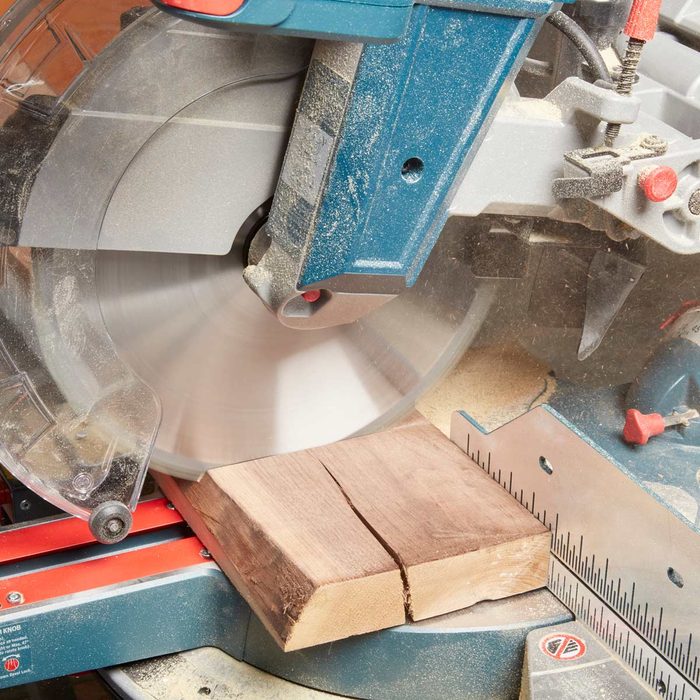
Go Long
The ends of rough-sawn boards often contain checks (cracks). Some checks are obvious, but some you won’t discover until you cut the board near the end. So plan on discarding several inches on each end of every board. That means that if you need two finished 4-ft. boards for your project, buy a 10-ft. rough-sawn.
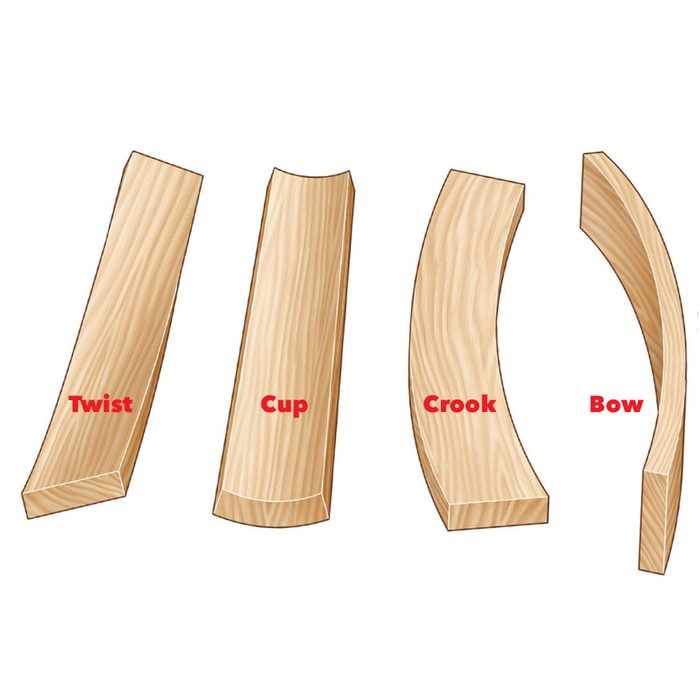
Avoid Twists
Steer clear of any board that looks like a banana, but minor warping can be removed in the milling process. The shorter the boards you need, the bigger the bend you can work with. However, avoid twisted boards. The internal forces that are causing the twist may never go away no matter how much material you remove. Our expert’s motto: “Once twisted, always twisted.”
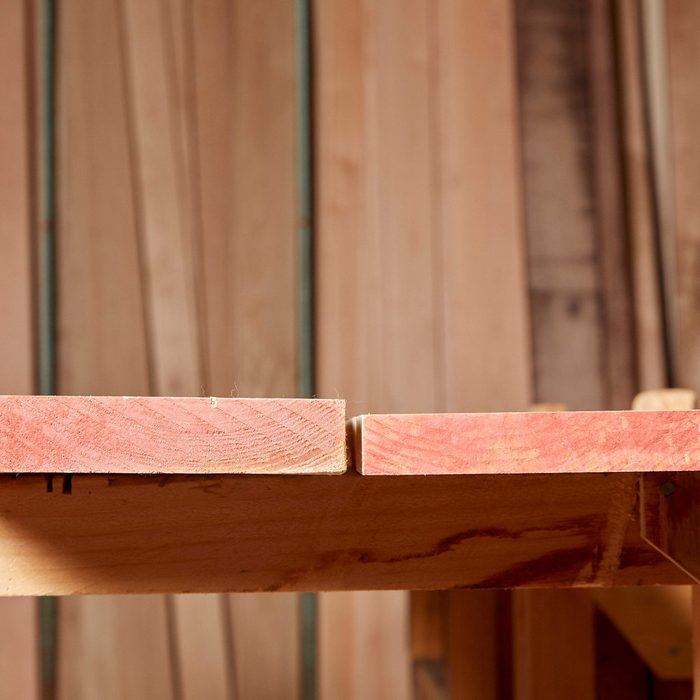
Pick Thicker Boards
Hardwood lumberyards sell rough-sawn lumber in various thicknesses. Most yards label thicknesses in 1/4-in. fractions: 4/4 = 1 in., 5/4 = 1-1/4 in., 6/4 = 1-1/2 in., etc. Buy boards at least 1/4 in. thicker than your final dimension in order to account for the material that will be removed by the jointer and planer. Thicker boards cost more per board foot, so you won’t save any money by buying a 2-in. board and resawing it into two 1-in. boards.
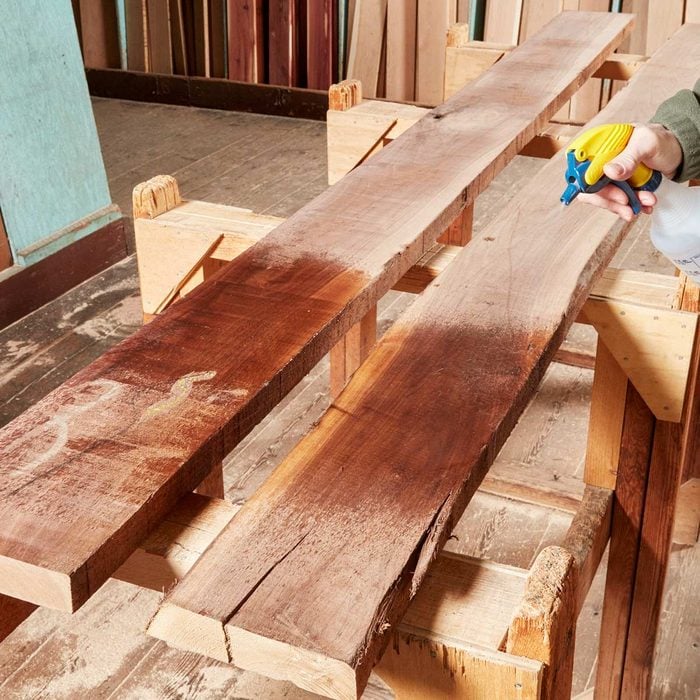
Check the Color with Water
These days, most rough-sawn lumber receives one pass through a planer or sander on each side before it reaches the yard. The process, called hit-and-miss, usually smooths the surface enough to see the character of the grain you’re dealing with. But two similar-colored boards in the same bin may differ dramatically in color when finished with a clear topcoat. If it’s important that all your boards be close to the same color, take along a spray bottle filled with water. A couple quick squirts should expose any surprises.
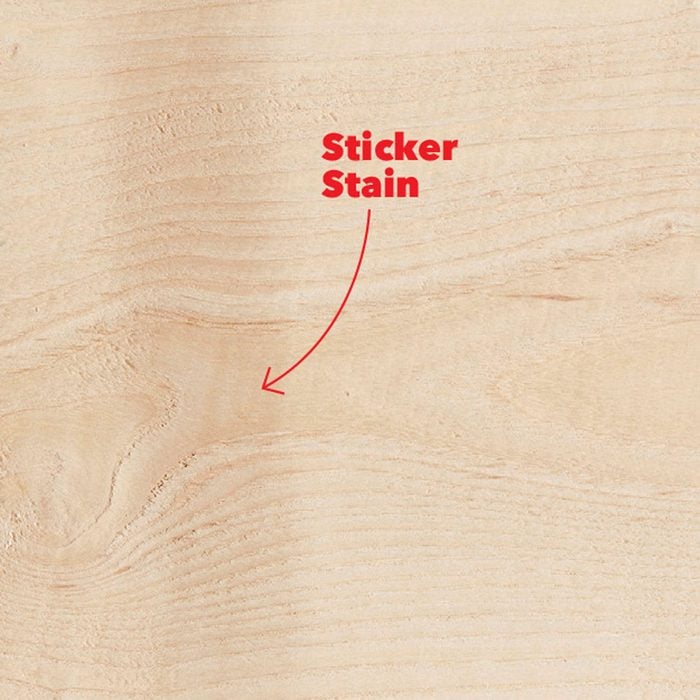
Watch Out for Sticker Stains
Stickers are the spacers used to separate boards while they’re drying. Occasionally stickers can create shadow-like stains. These stains appear to be just on the surface, but it’s common that they go deeper than 1/8 in. into the wood, so they may still be visible after planing.
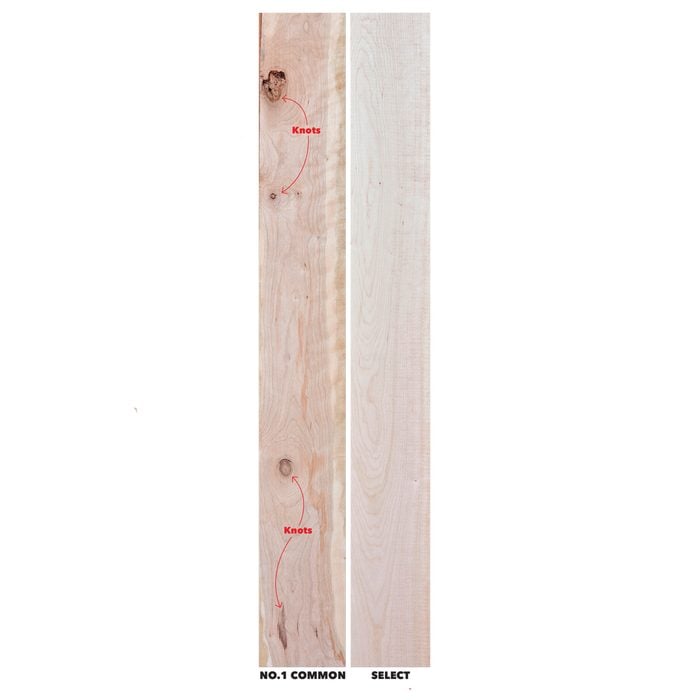
Use Lower Grade Lumber and Save
Lumber with more knots costs less, which makes sense. If your project contains a bunch of smaller pieces, you can save money by cutting out and around those defects. This lower-grade lumber is often called No. 1 Common (1C). Sometimes you can find a gem or two that may look good enough as is, or have long enough clear cuts between the knots for the boards you need.
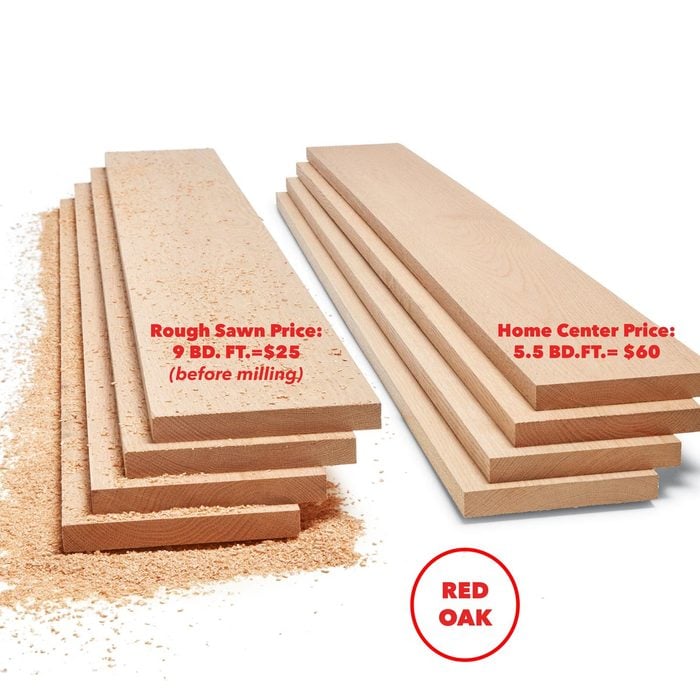
Save Money on Rough-Sawn
Buying rough-sawn lumber and planing your own wood definitely saves money; how much money depends on the species and on the size of the project. The larger the project, the more you save.
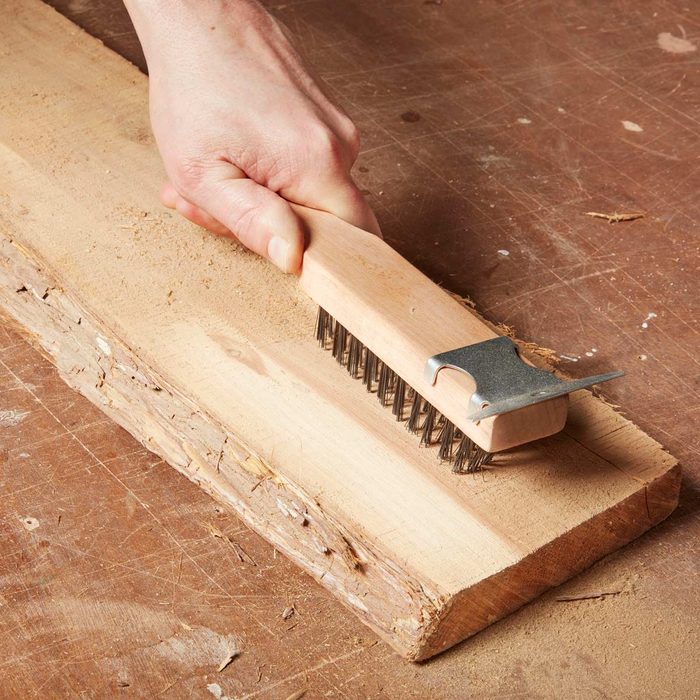
Old Boards Need Cleaning
Dirty boards will dull planer and jointer blades. If it looks like your prize board may have been kicking around the yard for quite a while, plan on scouring it with a wire brush before milling.
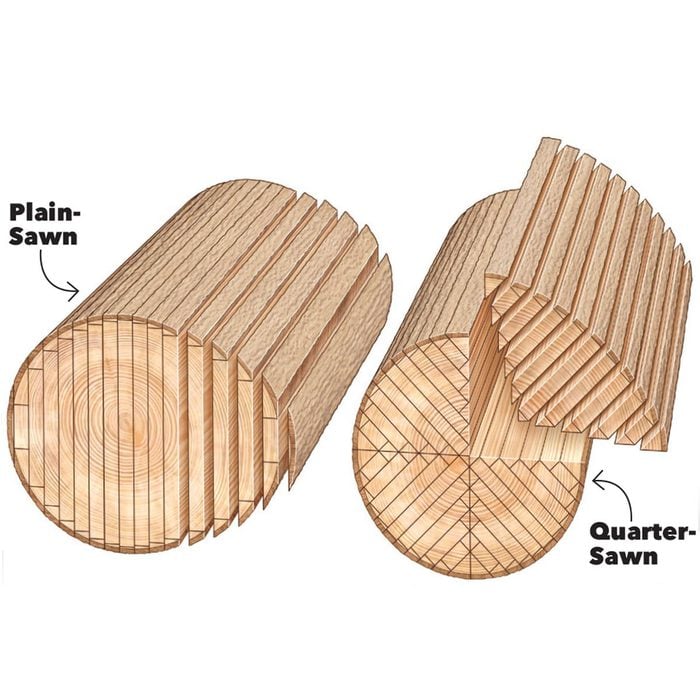
Plain- Vs. Quarter-Sawn
Most rough-sawn wood these days has been plain (or flat) sawn. But you may come across a couple of species that have been quarter-sawn. Quarter-sawn wood is more stable and much less likely to warp, but it also costs a lot more.
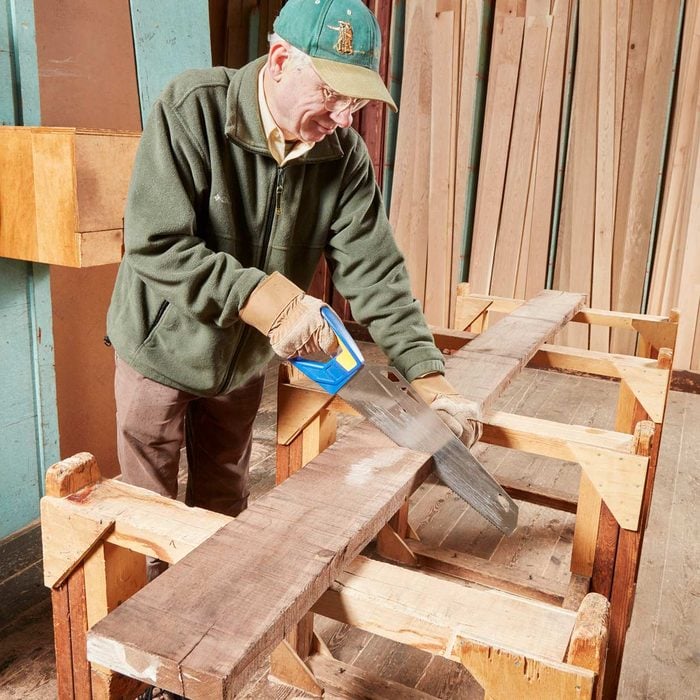
Take a Saw
Your perfect board may be 12 ft. long, which isn’t likely to fit in the back of your Ford Fiesta. Take along a saw to cut long boards into manageable lengths. Pay for the boards before you cut them down.
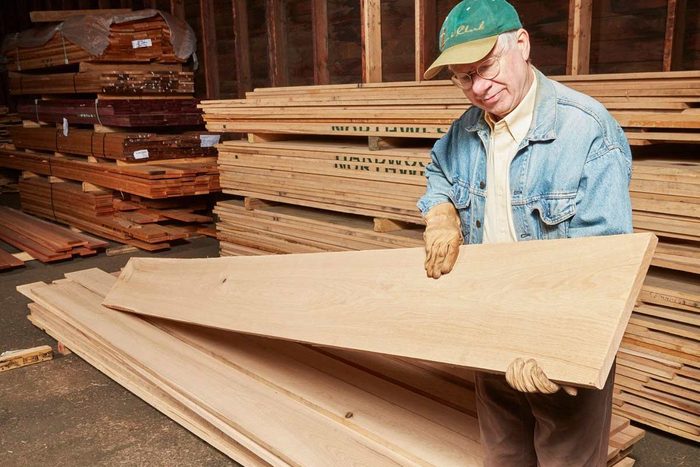
Beware Super-Wide Boards
ou may come across a gorgeous slab that’s wide enough for a tabletop. But building with wide boards is risky. If they’re cut too near the center of the tree, they can cup dramatically. To guarantee a flat surface, you’re better off gluing up boards that are 5 to 7 in. wide than ones that are 12 in. plus. Also, really wide boards may not fit in your planer.
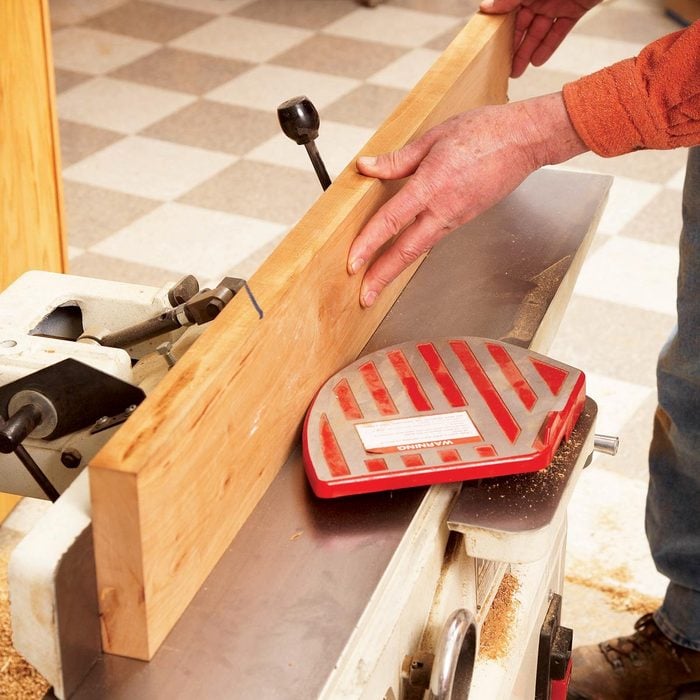
Don’t Have a Jointer?
Many yards will “straight-line” one edge for you so that you can rip the boards to the desired width on your table saw. Some can plane boards down in thickness, too, but there’s no guarantee they’ll come out flat.
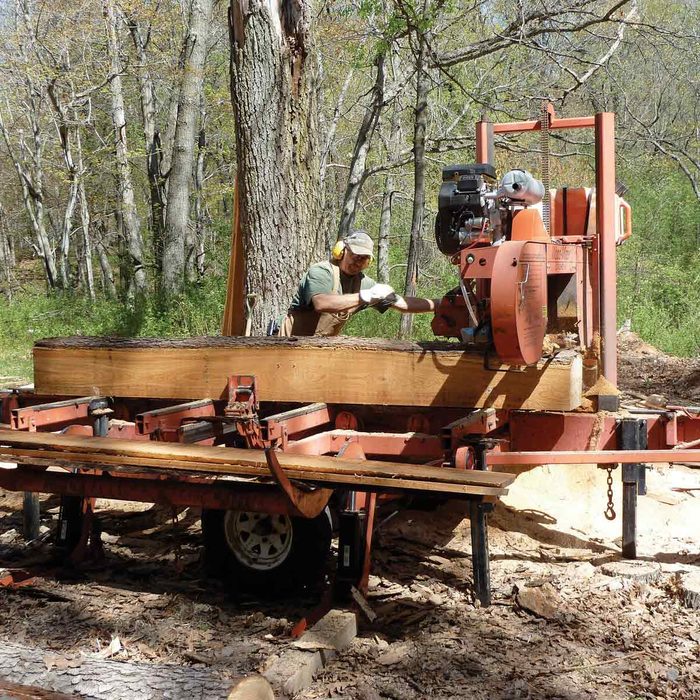
Buy Local
There may not be a commercial hardwood lumberyard near you, but it’s likely that someone in your area has a small sawmill and sells various local species. Your state’s DNR website might have a listing of these smaller sawmills. Hiring someone with a portable sawmill is a good option if you want to saw up wood harvested from your own property and are willing to go through the lengthy drying process.
Invest $30 in a moisture meter before buying rough-sawn lumber that has been air-dried. Check that the moisture level is between 12 and 15 percent before loading up your truck. And when you get your air-dried boards home, store them inside to dry them even further. Ideal moisture content is about 6 to 8 percent. The lumber you buy at a commercial yard should have been kiln-dried.
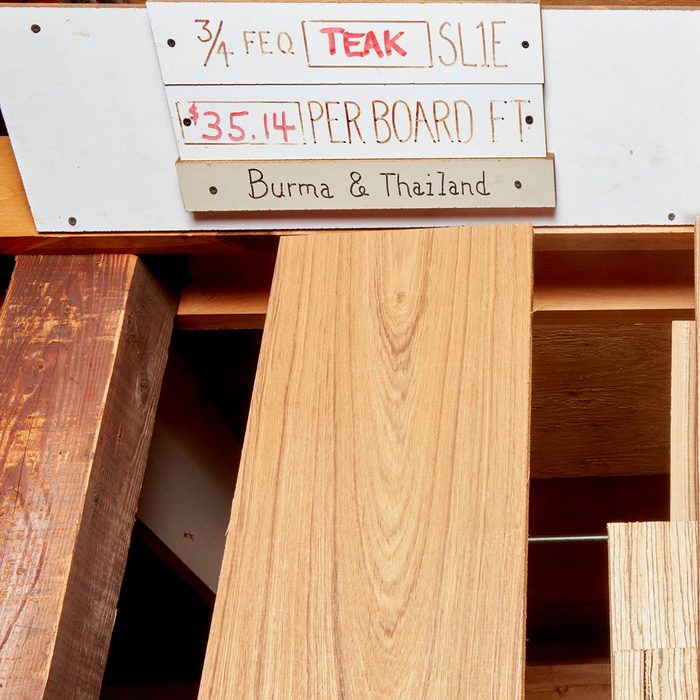
Buy Online
A lot of furniture builders buy cheap, rough-sawn wood online, especially when working with hard-to-get exotic woods, extra-wide boards or boards with a live edge (bark still on). Shipping will be expensive and returns may not be an option, so make sure you see a photo of the exact boards you’re buying. The best suppliers will have photos on their website.


















